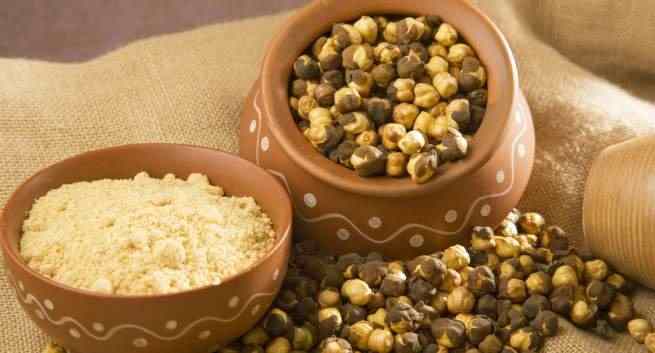“I think that we demonstrate the transplantation of [brown adipose tissue] can have a very strong and positive metabolic effect,” says study author Laurie Goodyear, PhD, an associate professor at the Joslin Diabetes Center. “The mice are mimicking what happens in humans over time. The brown fat counteracted those aging effects.”
More from Prevention: The Food Group That Burns More Fat
So is a brown fat transplant in our future? Goodyear cautions that the approach might not be the most promising medical therapy to pursue, instead pointing to a specific protein—Interleukin-6 (Il-6)—that’s secreted from brown fat and plays a key role in the fat’s positive impact. Still, researchers need to further investigate the role of Il-6 before they can be sure exactly what it does or how it might, one day, help treat diabetes or promote weight loss.
As for increasing our brown fat stores without surgery, researchers still don’t have solid advice. Some evidence suggests that ongoing, periodic exposure to cold temperatures might increase an adult’s store of brown fat, and other investigations have linked an acid found in apple peels to greater levels of the tissue. In the meantime, your best bet for slimming down? Go with what you know—move more, eat smart, and avoid these metabolism-slowing mistakes.
Questions? Comments? Contact Prevention's News Team!




